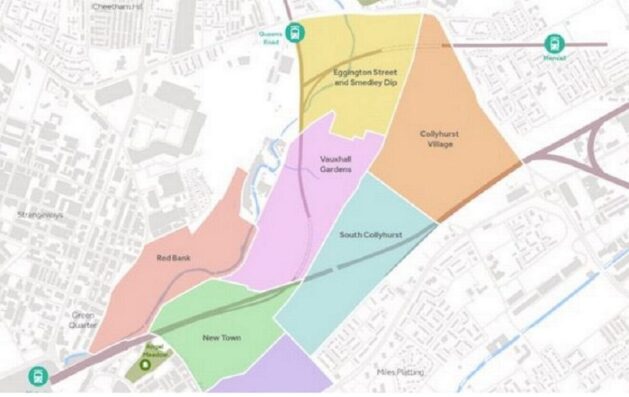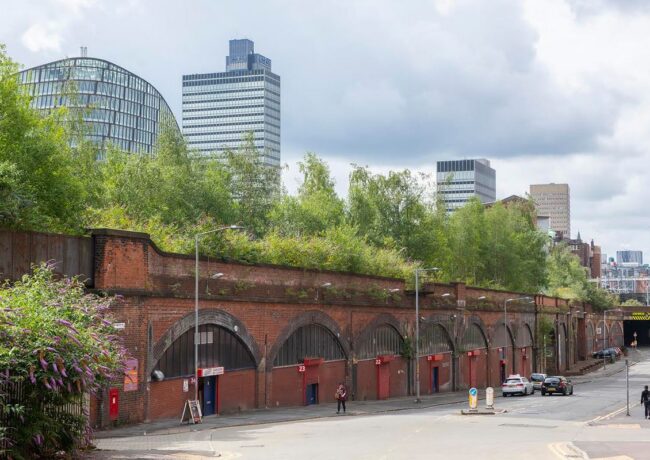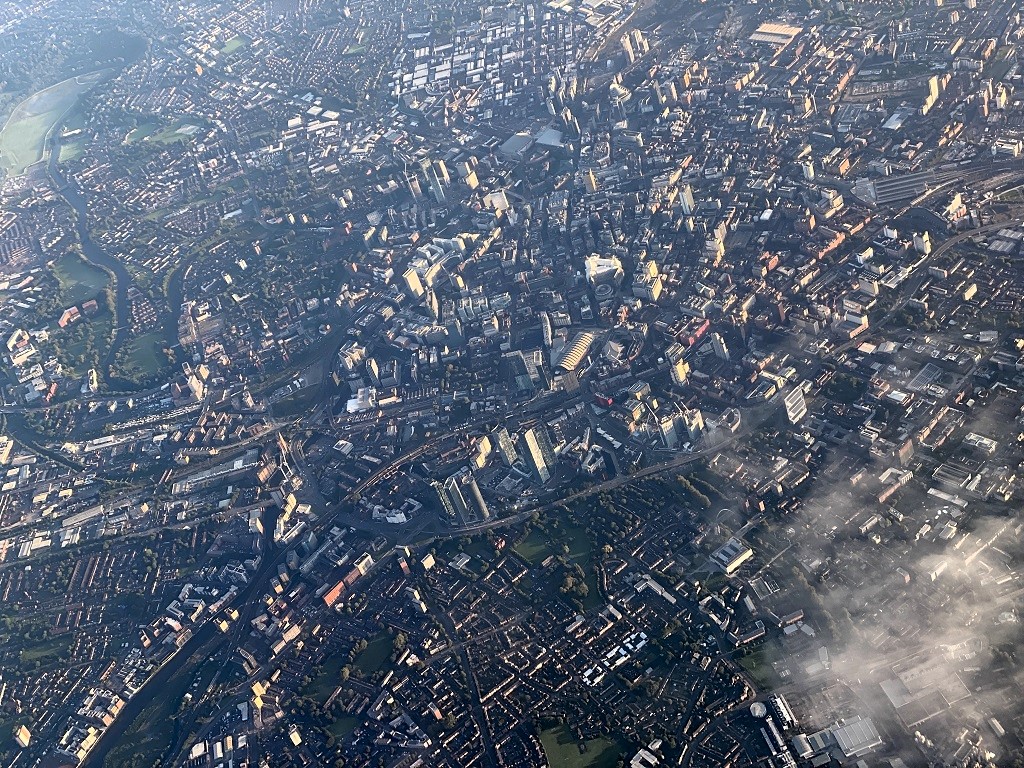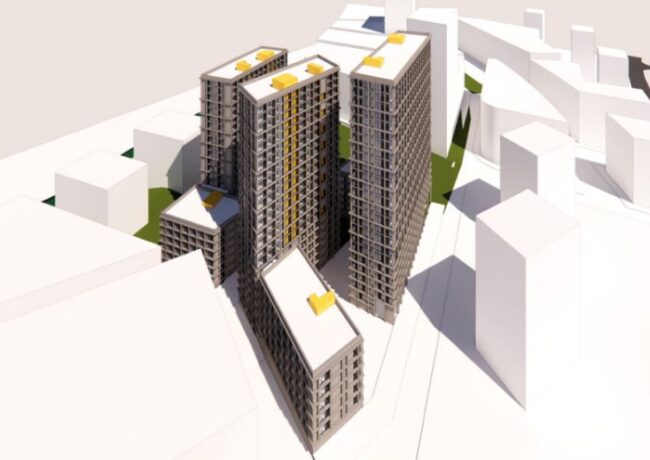FEC details sites for Northern Gateway first phase
Schemes totalling more than 1,000 homes at Collyhurst, Angelgate and Addington Street will be included in the first phase of the £1bn Northern Gateway masterplan, subject to approval by Manchester City Council.
The council and its development partner Far East Consortium have produced a draft business plan for the first development area of the Northern Gateway. The report is subject to approval by the executive committee, and only once a broader, strategic business plan for the Northern Gateway has been signed off by the committee in a meeting on 12 February.
The first phase development plan, which will also be examined by the council’s economy scrutiny committee this week, is the second strategic document that must be submitted as part of the legal agreements between the council and FEC.
Overall, 15,000 homes are due to be delivered over the next 15 to 20 years across seven neighbourhoods under the Northern Gateway proposals. Last summer, Manchester City Council approved a loan for FEC to acquire the land needed to accelerate the masterplan.
The plan submitted this week outlines ‘Development Area One’, which incorporates three sites and aims to deliver 1,045 homes across three neighbourhoods.
The first site, known as Collyhurst Phase One, will see 330 houses built in two of the neighbourhoods. The first, in Collyhurst Village, comprises 300 homes, up to 100 of which will be affordable. The second, in Collyhurst South, will see the construction of 30 social rented homes.
Both sites feature a mix of houses and apartments. Buttress is drawing up designs with a planning application expected to be lodged by summer 2020.
The development would require demolition of existing properties, subject to an assurance that replacement properties would be constructed for existing residents in advance of any demolitions.
The second site, Angelgate, falls within the Red Bank and New Town areas, on which FEC and the council consulted with the public in 2018.
Some 635 homes are mooted for this phase of development across three residential blocks, including ground floor commercial units, townhouses and a landmark tower at the entrance to the gateway.
The residential offer will contain a shared ownership provision.
FEC is procuring for a registered social housing partner for the scheme, with a planning application expected to be submitted in late spring or early summer this year, according to the document.

The final site detailed in Development Area One is a site on Addington Street currently being used as a car park.
An application for an 80-home residential block, designed by Hawkins\Brown, was approved last month subject to payment of a £220,000 contribution to off-site affordable housing.
Funding for the Northern Gateway is being sought from various sources, including £25m allocated from the council’s Capital Programme budget, a bid for £51.6m from the Government’s Housing Infrastructure Fund, and a bid of £8.5m from Homes England to help fund Collyhurst Phase One.
Extra funding will be generated through the ring-fencing of money generated from the disposal of council-owned land, the report said.
The 15,000 homes that the Northern Gateway aims to bring forward account for 28% of the city of Manchester’s entire five-year housing target as set by the draft Greater Manchester Spatial Framework.





Now this is where social housing should be built, not in the city centre
By Dan
Dan this is the city centre now.
By Elephant
No it’s not Elephant and never will be. However far development spreads out of the city centre, does not mean it becomes part of it.
By Steve
It is not
By Dan
It would be good if they could integrate the arches.
By Neil
Great potential to revive this area and bring it under the influence of the thriving city centre.
By Monty
Whats all this so called ‘Northern Gateway’ nonsense?
By Bet Anders
This area is Inner-City living and is a rather new thing for Manchester – having basically a ring of dereliction for so long. In the past, these areas used to be working class residential areas but the global shift around the world is that these are now becoming highly popular mixed neighbourhoods. This should not be exclusively social housing, but a good mix for everyone. They will be highly popular for high quality residential due to their proximity to the city centre – a place where many office workers can stroll to or take short links via rapid transport. These require direct connection to the city centre either by Metrolink or a modern underground metro system.
By EOD
Never has been and never will be the city centre.
By New Wave
Another poor decision. Right on Victoria station. Are you serious. This should have commercial engrained within and extend the central business district outwards. Viability is key and there are few opportunities to build the office space required in such a prime location than this. Council housing and apartments – stinks of small town minds.
By Richard